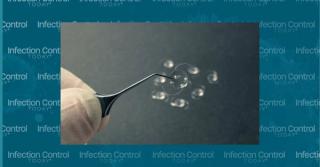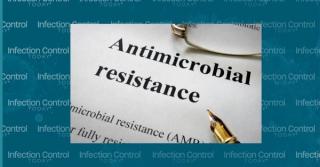
HAIs
Latest News

Latest Videos

CME Content
More News

"Climate change is having a direct impact on the epidemiology of vector-borne illnesses. Travel-associated cases of vector-borne diseases do occur."

During Black History Month, we honor the resilience and contributions of Black medical professionals in health care. Despite barriers, they have led transformative changes, advocating for equitable access and medical excellence. Recognizing their impact ensures a more inclusive health care future for all.

Herpes infections pose significant risks in dentistry. JoAnn Gurenlian, RDH, PhD, presented prevention, treatment, occupational hazards, and a potential breakthrough in gene therapy that could revolutionize herpes management at the Midwinter Meeting.
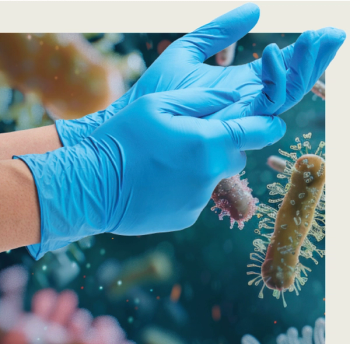
Proper glove use is crucial in health care settings to prevent infections. Guidelines from TJC, CDC, and WHO stress correct selection, usage, and disposal to minimize health care–associated infections (HAIs) and cross-contamination risks. Infection preventionists (IPs) play a key role in educating staff, enforcing compliance, and improving patient safety through standardized glove practices.
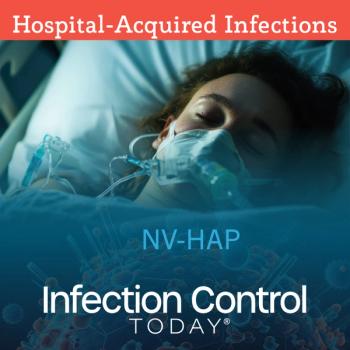
Launching a hospital-wide program for non-ventilator hospital-acquired pneumonia (NV-HAP) necessitates a clear structure and toolkit.
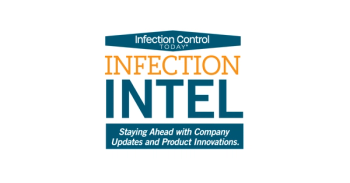
GermZAPP is an affordable hand hygiene system designed to educate, monitor, and encourage adherence in schools, nursing homes, and health care settings, effectively addressing gaps in infection control.

Second Strain of Bird Flu Found in US Dairy Cows: What It Means for Infection Prevention and Control
A new H5N1 strain was found in Nevada dairy cows, challenging earlier transmission theories. This raises concerns about animal vulnerability, human health risks, and food safety. Experts emphasize the need for improved surveillance, biosecurity, and cross-sector collaboration to contain the virus spread.

Fungal infections are a rising global threat, with antifungal resistance complicating treatment. Neil J. Clancy, MD, emphasizes the urgent need for research, better diagnostics, and stronger infection prevention strategies.

Nonventilator hospital-acquired pneumonia (NV-HAP) is a deadly, overlooked infection impacting patient outcomes. With new diagnostic tools and prevention strategies, hospitals must prioritize oral hygiene to reduce risk.

A surge in human metapneumovirus (hMPV) cases highlights the need for improved detection, prevention, and public awareness, particularly for vulnerable populations such as children, elderly, and immunocompromised individuals.
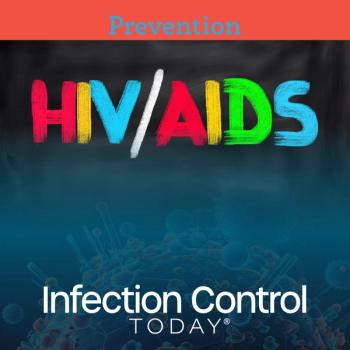
Despite medical advances, HIV prevention faces roadblocks—low PrEP adoption, stigma, and accessibility issues threaten progress. Experts push for innovative, long-acting solutions to end the epidemic.
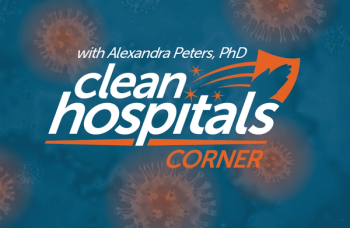
Despite revolutionary advancements like alcohol-based hand rubs, infection prevention still faces major hurdles. Poor adherence to hygiene, overreliance on technology, and understaffed environmental services create perfect storm conditions for deadly outbreaks.

This article first appeared as a LinkedIn newsletter from ICT. Subscribe and never miss exclusive articles not found anywhere else.
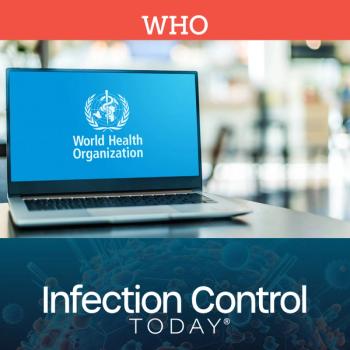
The US CDC's sudden cutoff from WHO threatens global health security, leaving infection preventionists scrambling to track deadly outbreaks like Marburg virus, mpox, and avian flu.
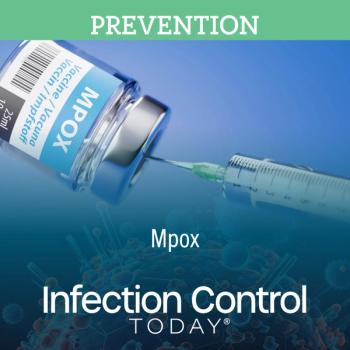
A CNA unknowingly worked while infectious with mpox, exposing 56 residents. Yet, no secondary infections occurred, highlighting the power of standard precautions in healthcare settings.
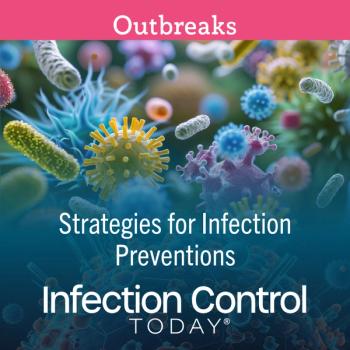
Norovirus and avian influenza outbreaks require infection preventionists to enhance hygiene, train staff, implement PPE use, and ensure effective disinfection to protect health care workers, patients, and facilities.

A meta-analysis found alcohol-based antiseptics significantly reduce Staphylococcus aureus-related surgical site infections (SSIs), demonstrating efficacy comparable to mupirocin and iodophor, supporting their expanded use in infection prevention strategies.
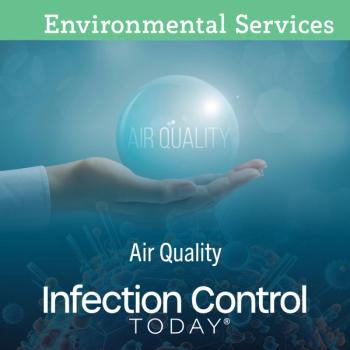
Evolving air quality monitoring technologies, like an IAQ Exposure Index, provide real-time data to detect airborne contaminants, enhance infection control, and protect vulnerable healthcare populations from respiratory exposures.
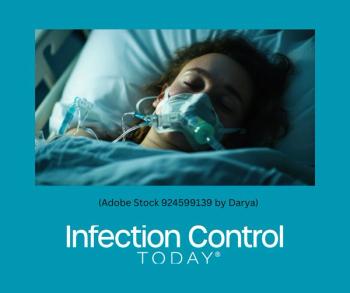
Oral care is vital in reducing hospital-acquired pneumonia risks. Health care workers' education, evidence-based protocols, and accessible supplies enhance patient outcomes and prevent complications in health care settings.
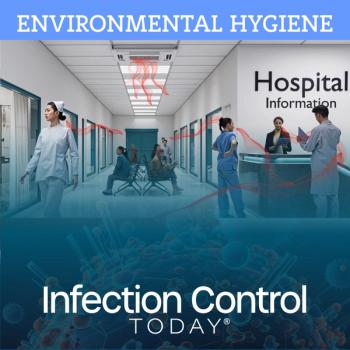
Adopting IDEA—identify, define, explain, apply—streamlines contamination control. Infection control professionals can mitigate risks through prevention, intervention, and training, ensuring safer health care environments and reducing frequent contamination challenges.

Barinthus Bio’s Phase 2b trial shows VTP-300’s potential to achieve functional cures for chronic hepatitis B, with promising HBsAg loss, safety, and durable immune responses.

Antibiotic stewardship in long-term care facilities relies on McGeer and Loeb criteria to guide infection surveillance and appropriate prescribing, ensuring better outcomes for residents and reducing resistance.
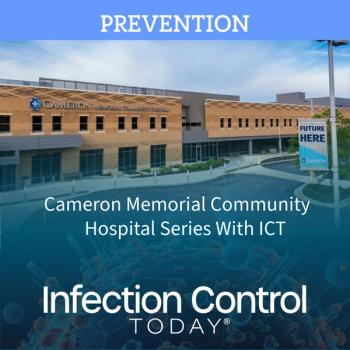
In the first of a series, Darren Goff, executive director of hospitality services at Cameron Memorial Community Hospital in Angola, Indiana, speaks on how the environmental services team uses OhmniClean UV-C robots as an adjunct to their already excellent services.
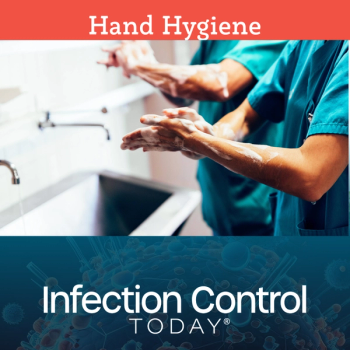
Discover how reducing hand hygiene observations from 200 to 50 per unit monthly can optimize infection preventionists' time, enhance safety culture, and improve patient outcomes.
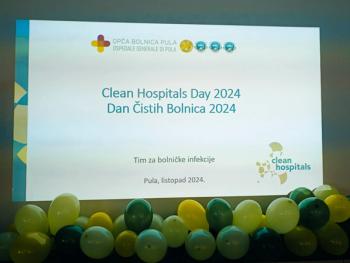
Learn how Pula General Hospital in Croatia championed infection prevention and environmental hygiene and celebrated Clean Hospitals Day to honor cleaning staff and promote advanced practices for exceptional patient care and safety.









